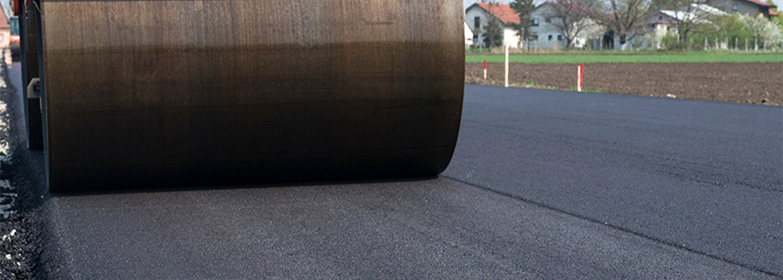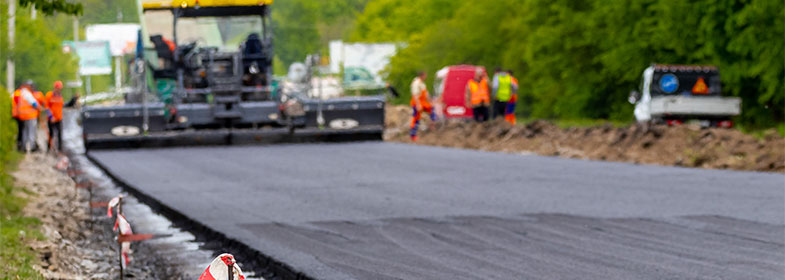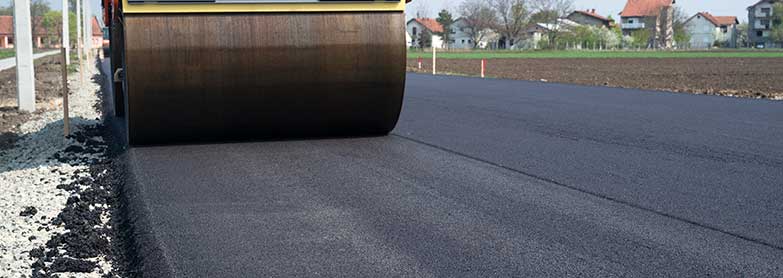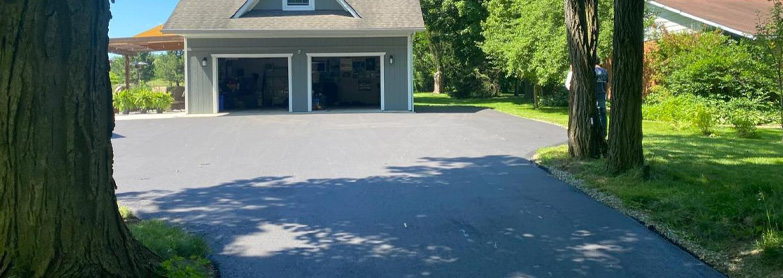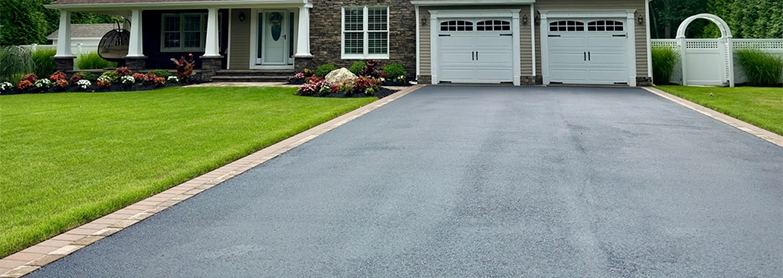You see it everywhere. You experience it in driveways, on the road, in parking lots, and at home. What is it? Asphalt.
One of the most common materials used in commercial properties is asphalt. There is a good reason for this, as asphalt has many advantages.
If you plan a commercial asphalt installation on your commercial property, read on to learn about the benefits.
Asphalt Has Multiple Uses
It might not always be clear what kind of business is moving in when renovating a commercial property. That is why using asphalt is one of the best things you can do during the process. You can use it for a sidewalk, a driveway, a basketball court, or a tennis court.
By using something versatile, you won’t have to worry about what it is used for in the future as you look ahead.
Saves Money
Using asphalt is one of the best ways to save money when renovating a commercial property. Before final grading, a critical aspect of maintaining the life of asphalt is the profile and compaction of the granular material that has been put on it. A good paving contractor will always check the granular base for soft spots and fix those areas of concern before applying the asphalt layer. This will ultimately save you money.
A quality paving contractor will take the appropriate steps with attention to detail to ensure your asphalt lasts as long as possible.
Low Maintenance
Commercial asphalt maintenance is among the easiest of all kinds of pavement maintenance. It holds up well over time; even after wear and tear, it will still look in good shape for a long time. Inspecting for issues and addressing them before they escalate is also easy.
100% Recyclable
Asphalt is one of the most recyclable pavement materials available. When removed from a site, it can be recycled, which is good for the environment and safer for your home.
Quick to Install
Nobody wants a project to drag on. That is one of the advantages of asphalt. Asphalt installation is simple. If you have experience and it is a sunny and clear day, you can place asphalt within one day.
Installation of Commercial Asphalt
Now you know that asphalt is one of the best pavements available when deciding on the perfect surface for your commercial property. Commercial asphalt is fast to install, recyclable, low maintenance, and a budget-friendly option.
So, if you’re ready for installation, contact us today. Here at Via Pave, we specialize in the asphalt installation you need.

